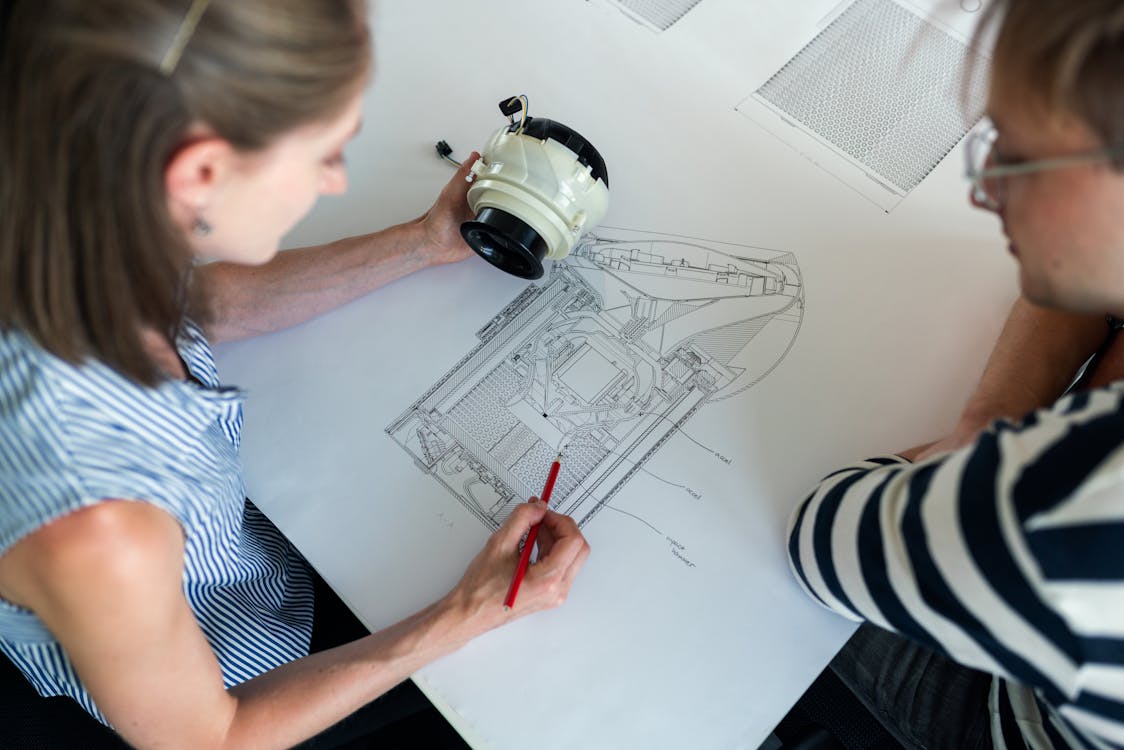Harnessing energy from mechanical vibrations
A study published in the Journal of Micromechanics and Microengineering highlights the development of a novel energy harvesting device designed by engineers at Rensselaer Polytechnic Institute. The researchers produced a predictive model for detailing how to optimize the functionalities of a device capable of converting mechanical vibrations into electrical energy.
"Sooner or later these harvesters will replace batteries, reducing associated environmentally hazardous waste and maintenance costs," said lead researcher Diana-Andra Borca-Tasciuc, a professor of mechanical, aerospace, and nuclear engineering at Rensselaer. The device they have predicted could be used to power wireless sensors and actuators in a wide range of applications spanning from temperature and occupancy monitoring in smart environments to biosensing within the human body.
Borca-Tasciuc has been investigating this topic for years, as showcased by a previous study published by her lab in 2015 that created and tested a silicon-based energy harvesting device capable of converting mechanical energy into electricity. The recent study explains the mechanisms behind that device as well as furthering the research by demonstrating the processes necessary for power generation optimization.
"This model laid a solid foundation for parametric study and helps to push the boundaries of output power through design optimization," comments the mechanical engineering graduate student mechanical engineering who designed the model, Jinglun Li. "The high-power device developed by our group, together with its accurate analytical model, is an advancement of energy harvesting and will enable silicon-based autonomous green power supply at a microscale in the near future."

Working with Borca-Tasciuc and Li additionally was John Tichy, a professor of mechanical, aerospace, and nuclear engineering at Rensselaer. Using the equations designed by Li, together the team collaborated to show how vibrational motion translates to voltage. As they report, the model’s predictions remained in line with experimental results from previous investigations.
Sources: Journal of Micromechanics and Microengineering, Eureka Alert








